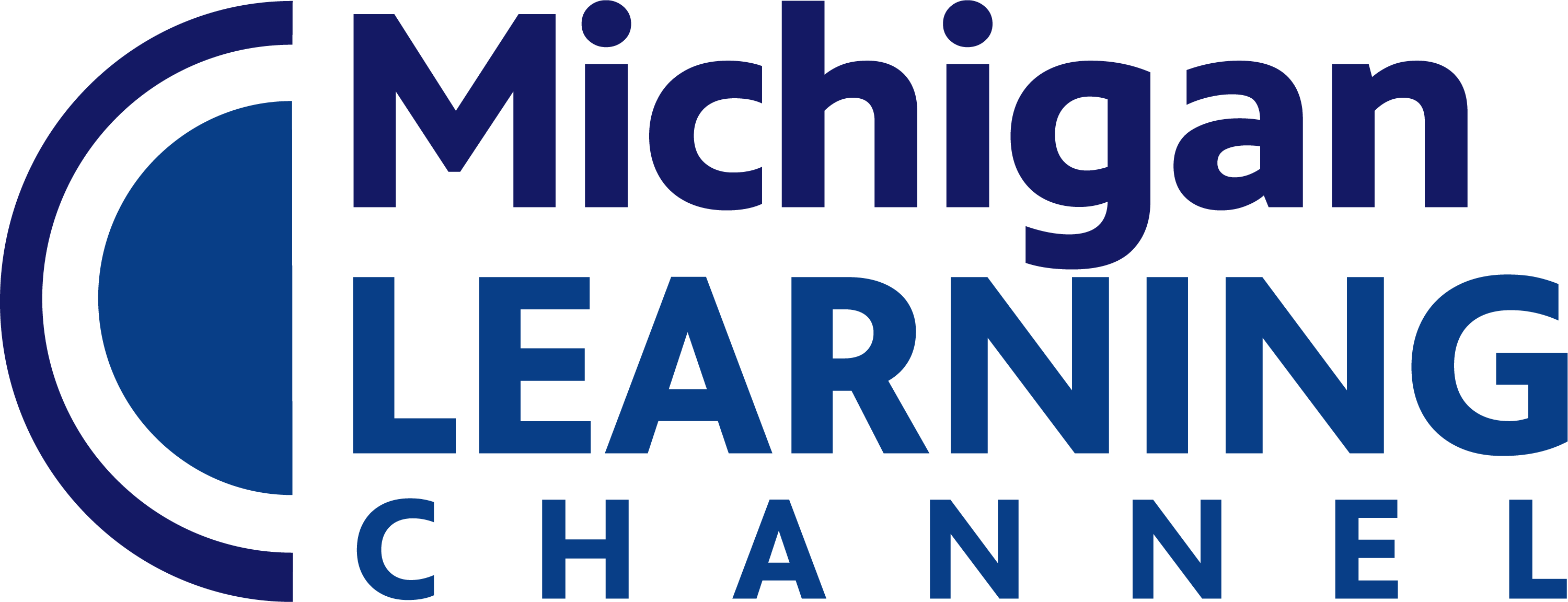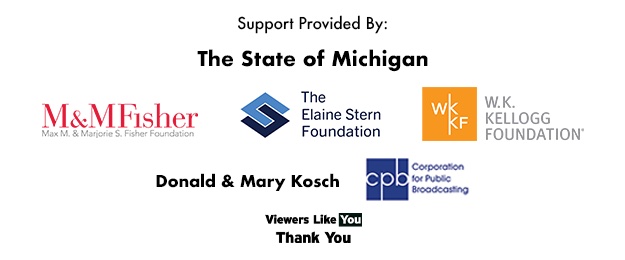Teachers, we’ve all been there—struggling to keep students engaged, trying to make lessons relevant, and ensuring that every student feels valued. But what if the key to unlocking student motivation isn’t just about the right lesson plan? What if it’s about something deeper—something that taps into their innate curiosity and personal interests?
This week’s Planning Period episode dives into real-world examples of how communities and educators are making learning personal, powerful, and, most importantly—student-driven. From youth-led media initiatives to historic book clubs that reshaped education, we explore how curiosity can transform the classroom. We also play a game as we get excited about the MSU Science Festival in April and we feature a powerful documentary from POV alongside a tour of the educational resources that POV offers.
Michigan’s Legacy of Learning & Leadership
A few weeks ago, we highlighted Formula 734, a film about the Washtenaw My Brother’s Keeper initiative in Ann Arbor. This powerful program cultivates learning and community through hip-hop and identity. We’re thrilled to share that Isaac Mack, a participant in this initiative, has been appointed as an ambassador for the new National My Brother’s Keeper alliance. He joins 17 other young leaders across the country to support local MBK chapters. Congratulations to Isaac and the entire Washtenaw MBK community for their incredible work!
Now, let’s take a step back in time to the 1800s, where another inspiring story of education and empowerment took root in Michigan. In Kalamazoo, a group of women began meeting to discuss books and ideas. This group grew into the Kalamazoo Ladies Library Association, the second-oldest ladies’ club in the U.S. Led by education advocate Lucinda Stone, this group empowered women to read, think critically, and pursue careers that were unheard of at the time.
Celebrating Science in Michigan
April is an exciting month for STEM education in Michigan! The MSU Science Festival brings engaging science experiences to communities across the state. From museum explorations to astronomy nights, here are some of the unique events happening this year:
- A Wild Evening Exploring a Living Museum
- DJ Set with John Collins of Underground Resistance
- Statewide Astronomy Night
- Science Crochet-Along
- Campfire Science
- Dear Earth: Literacy in Nature
Check out the full segment to watch Matt try to figure out the names of these events using only emojis – and check out the MSU Science Festival website for more information.
Must-Watch: Aurora’s Sunrise
This week, we’re featuring Aurora’s Sunrise, a stunning documentary about Aurora Madriganian, a survivor of the Armenian Genocide. Through breathtaking animation and archival footage, this film tells a powerful story of survival and resilience.
Educators can explore more compelling documentaries through PBS’s POV film archive, which includes discussion guides and lesson plans. Whether you’re teaching history, media literacy, or social studies, these resources can bring impactful storytelling into your classroom.
Explore the archive here: pbs.org/POV
PD: Letting Student Curiosity Drive Learning
Over the past few weeks, I’ve had the privilege of attending incredible events that reaffirm the power of student curiosity. At Youth Media Day in Grand Rapids, I met high school students eager to explore media and storytelling—each bringing their own unique skills and perspectives.
At the Michigan Science Teachers Association conference, I spoke with educators who help students learn by observing climate patterns, collecting rocks, and connecting with animals in their local communities. And in Dearborn, I learned from a panel of experts who spoke on the power of leveraging the genius of multilingual learners, who bring rich cultural backgrounds and unique problem-solving skills to our classrooms.
What these experiences highlight is this: students are naturally brilliant. When we create spaces where their interests and curiosities lead, they will do amazing things.
Research backs this up. A 2018 Education Trust report found that connecting learning to student values, interests, and goals boosts engagement, motivation, and belonging. A study in the Journal of Literacy Research showed that choice reading not only improved reading skills over four years but also enhanced students’ self-perception and peer relationships.
So how can we make this happen in our classrooms?
5 Ways to Foster Student-Driven Learning:
✅ Incorporate Student Voice: Have students set classroom norms, take on leadership roles, and share how they learn best.
✅ Ask for Feedback: Create a classroom culture where students feel comfortable sharing what’s working and what’s not.
✅ Provide Choice: Even structured choice—like independent reading time—gives students ownership over their learning.
✅ Embed Choice Across Learning: From inquiry projects to self-assessment, giving students options makes learning more meaningful.
✅ Build Relationships: When students feel known and valued, they engage more deeply with learning.
By embracing student curiosity and voice, we create classrooms where every learner can thrive.


